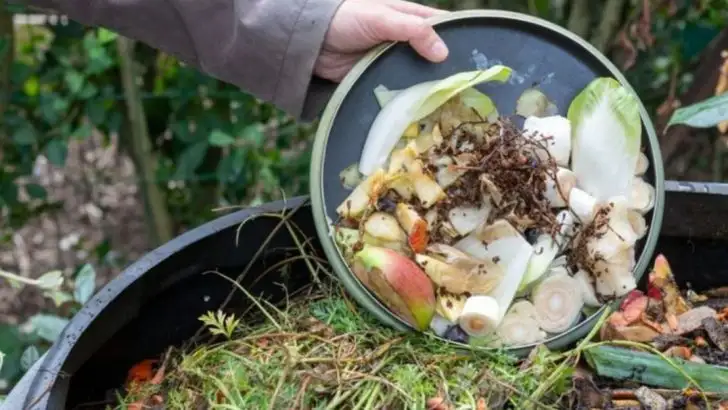Composting at home is one of the easiest and most effective ways to reduce waste while enriching your garden’s soil. By turning food scraps, yard waste, and other organic materials into nutrient-rich compost, you can help minimize landfill waste and create a more sustainable, eco-friendly environment. Plus, homemade compost works wonders for your garden, promoting healthier plants and improving soil structure.
Whether you have a small apartment or a spacious backyard, composting is a simple process that anyone can start. With a few basic tips and the right mindset, you can turn your kitchen scraps into valuable garden gold!
In this article, we’ll share 13 simple tips for composting at home and reducing waste, so you can contribute to a greener planet while boosting your garden’s health.
Start with a Compost Bin

A compost bin is where all the magic begins. Instead of throwing out kitchen scraps, they find a new home here. Consider using a well-ventilated bin to help the materials break down more efficiently. Choose a location that’s easily accessible yet slightly shaded to prevent overheating. With the right setup, your compost bin will become the heart of your waste reduction efforts. Avoid placing it directly on concrete so that worms can access it from the ground.
Balance Green and Brown Materials
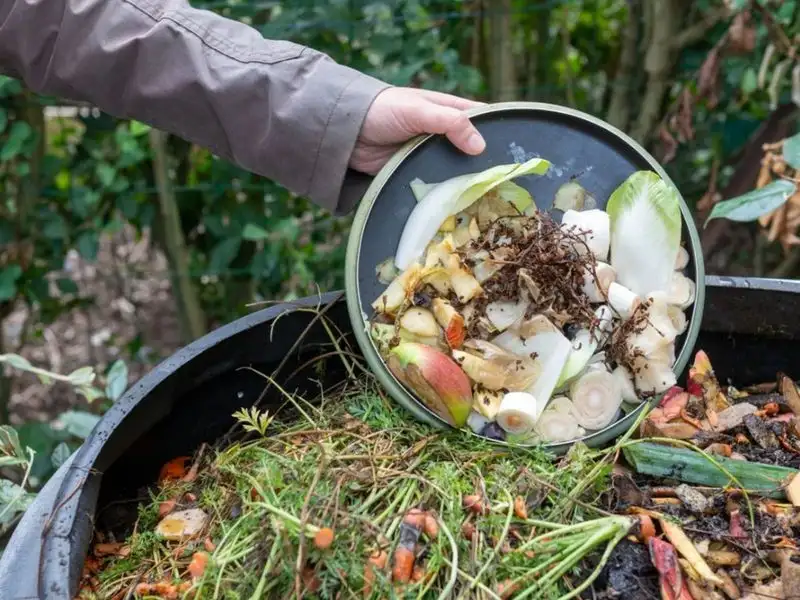
Successful composting requires a balance of green and brown materials. Greens include your vegetable scraps, coffee grounds, and fresh grass clippings, while browns are things like dried leaves and paper. Striking the right balance encourages efficient decomposition and prevents odors. Aim for a 2:1 ratio of browns to greens. This creates the perfect environment for microorganisms to thrive and break down organic matter effectively. Adjust this ratio based on the specific needs of your compost pile.
Chop Your Waste
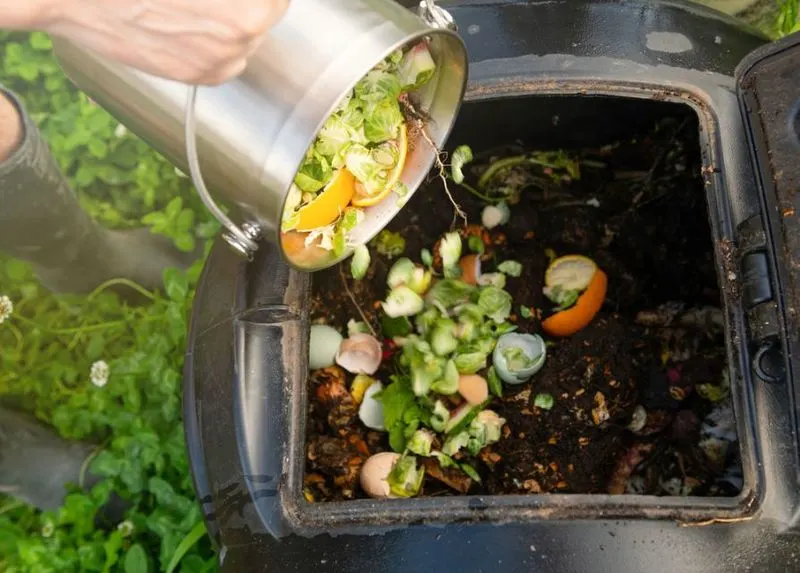
Chopping up waste into smaller pieces greatly accelerates the composting process. When scraps are smaller, they provide more surface area for microorganisms to work on. This also helps in keeping the compost pile aerated. Spend a little extra time chopping vegetable peels and other kitchen scraps. Not only does this speed up decomposition, but it also makes turning the compost easier. A little effort in preparation can lead to richer compost in a shorter time.
Maintain Moisture Levels
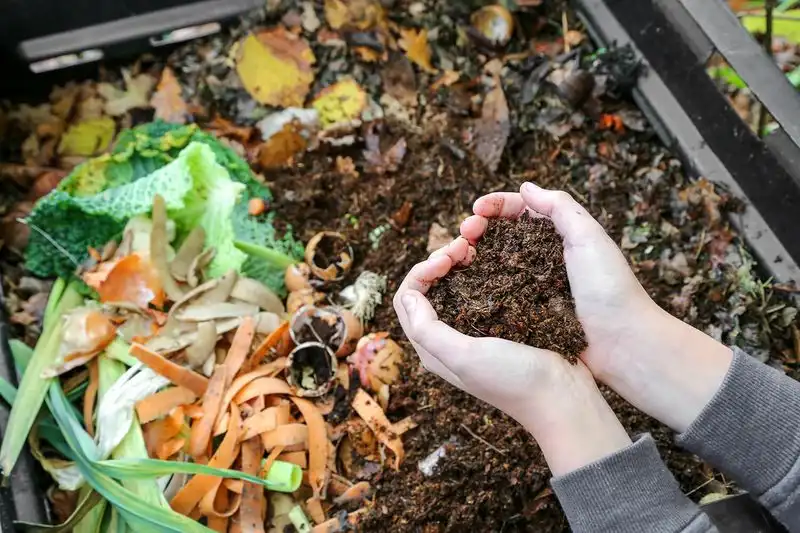
Moisture plays a critical role in composting. Too dry, and decomposition slows to a crawl. Too wet, and the pile may turn slimy and smell. Aim for a ‘wrung-out sponge’ feel, moist but not soaking. Regularly check the moisture level, especially during dry spells. If needed, sprinkle water over the pile or add more green material. Proper moisture ensures that composting organisms thrive and continue breaking down waste effectively.
Turn Your Pile Regularly
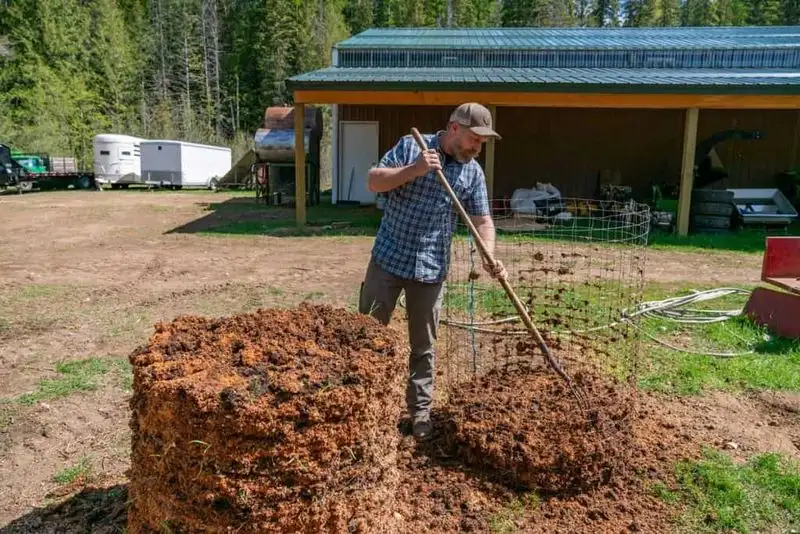
Aeration is key to successful composting. Regularly turning the pile introduces oxygen, helping beneficial microorganisms flourish. This not only speeds up decomposition but also prevents unpleasant odors. Use a garden fork to mix the pile every few weeks. It’s a relatively quick task that ensures even breakdown of materials and helps maintain the right temperature. Consistent aeration is one of the simplest ways to produce quality compost efficiently.
Include a Variety of Materials
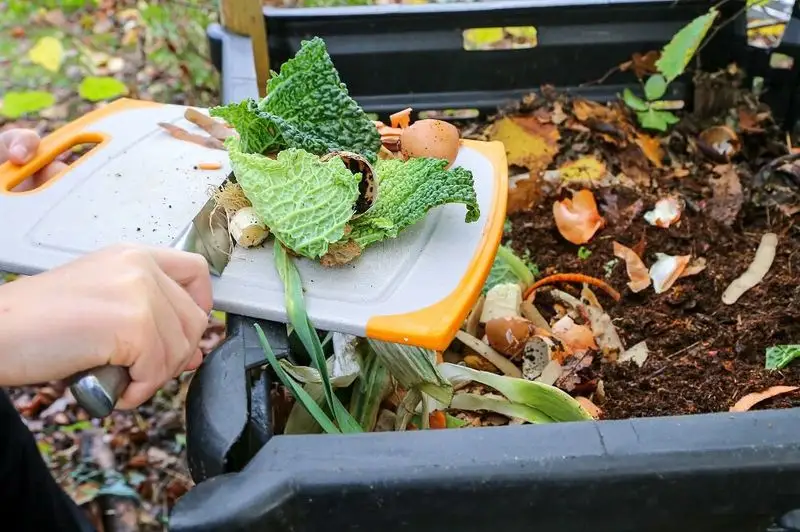
Diversity in compost materials leads to richer, more nutrient-dense compost. Include fruit peels, coffee grounds, shredded newspaper, and even crushed eggshells. Each material brings different nutrients to the mix, enhancing the quality of the finished compost. Avoid adding meat or dairy, as they can attract pests and produce odors. By incorporating a wide variety of organic waste, you’re ensuring your garden will benefit from a well-rounded soil amendment.
Use a Compost Thermometer
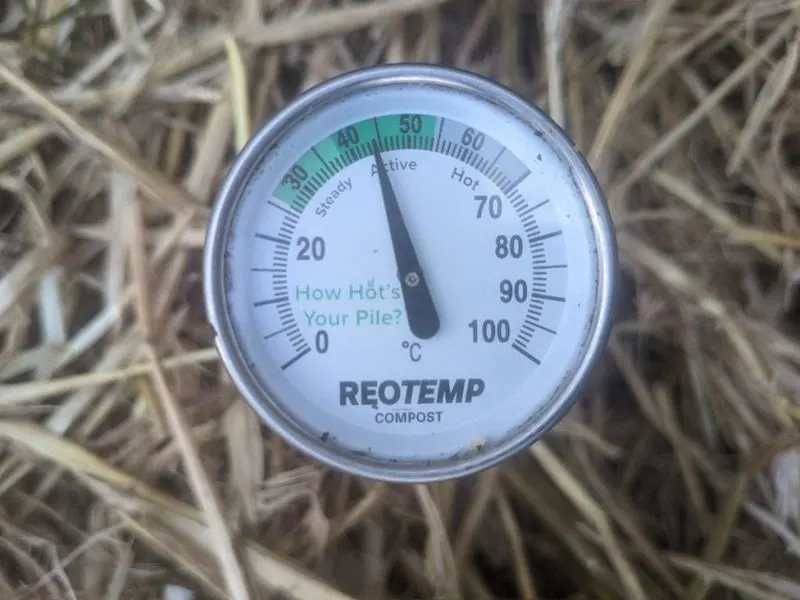
Keeping track of your compost pile’s temperature can give you valuable insights into its health. A compost thermometer helps you identify when your pile is too hot or too cold. Ideally, you want the temperature between 135-160°F to accelerate decomposition. If the pile cools, it may need turning or additional green material. Monitoring temperature ensures that your compost remains active and on track to become rich soil amendment. It’s an easy step that can significantly improve your results.
Avoid Adding Weeds
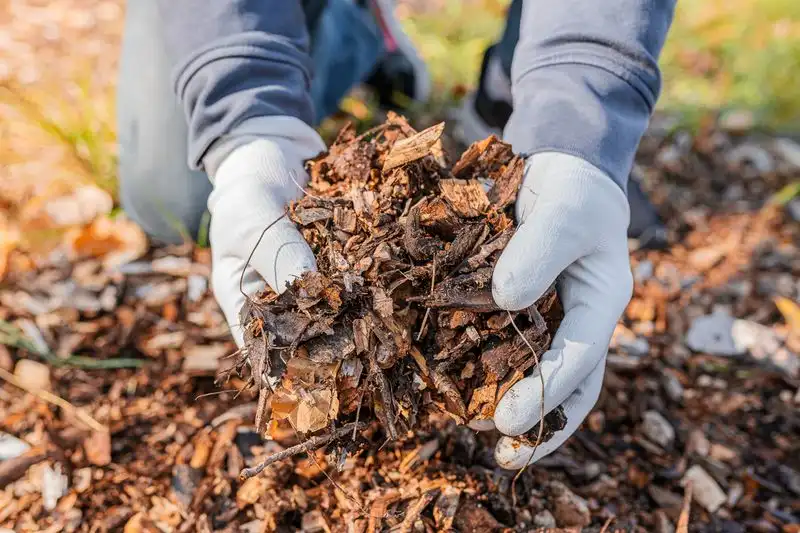
While composting is great for recycling garden waste, avoid adding weeds that have gone to seed. These seeds might survive the composting process and sprout later when you use your compost. Instead, choose to compost non-seeding plant material to prevent unwanted garden growth. Keep your compost pile clean and free of potential weeds to ensure that your homemade compost benefits your plants rather than introducing new challenges.
Compost Tea for Liquid Fertilizer

Compost tea is a nutrient-rich liquid that can be used as a natural fertilizer for your plants. To make it, steep finished compost in water for a few days. This draws out the soluble nutrients, creating a liquid you can apply directly to soil or foliage. It’s a fantastic way to give plants an immediate nutrient boost. Use compost tea as part of your regular watering routine to support robust plant growth and improve soil health.
Keep a Compost Bucket in the Kitchen
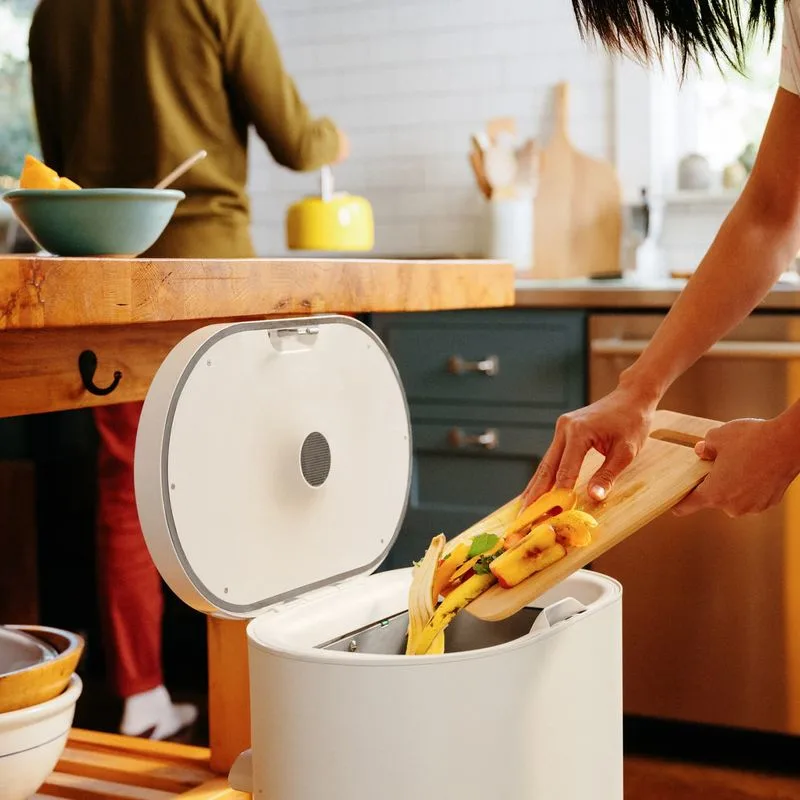
Having a designated compost bucket in your kitchen makes collecting scraps easy. Choose a container with a lid to contain any odors and keep it within arm’s reach while cooking. Regularly empty the contents into your outdoor compost bin to avoid accumulation. This simple habit turns meal prep waste into garden treasure without a second thought. A kitchen compost bucket is an essential part of maintaining an efficient home composting system.
Monitor Your Compost’s Smell
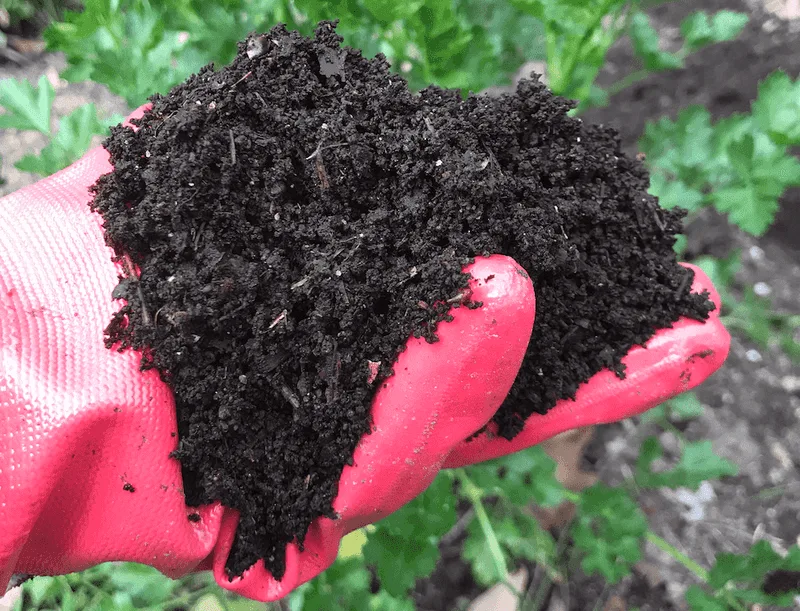
Your nose can be a reliable tool for composting success. A healthy compost pile should have an earthy, pleasant smell. If it starts to stink, it might be too wet or lacking enough brown material. Adjust by adding dry leaves or turning the pile to introduce air. Regular monitoring helps you maintain the balance needed for effective breakdown of materials. By keeping an eye on the aroma, you can quickly address issues and keep your composting on track.
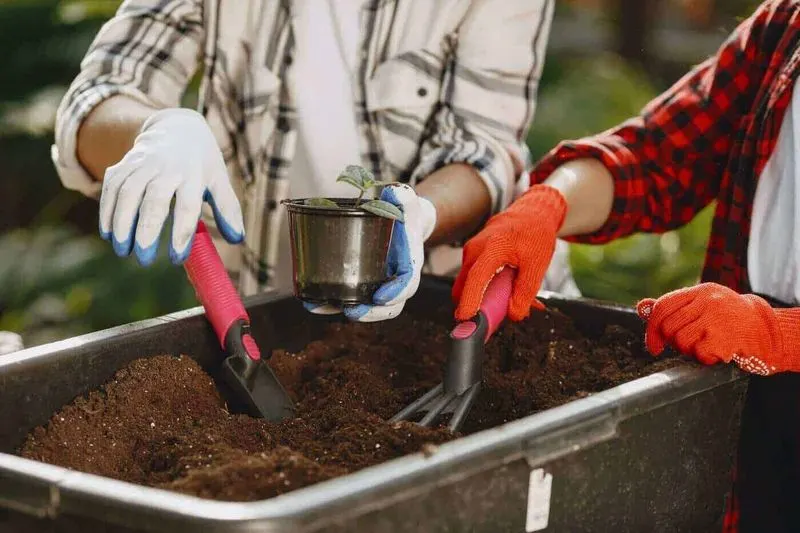
If you find yourself with more compost than you need, sharing can be a lovely solution. A community garden or neighbors with gardens might appreciate your surplus. Sharing not only benefits others but also strengthens community ties. It’s a wonderful way to encourage others to reduce waste and focus on sustainable practices. This collaborative effort can inspire more people to compost at home, extending the positive impact beyond your own backyard.
Patience is Key
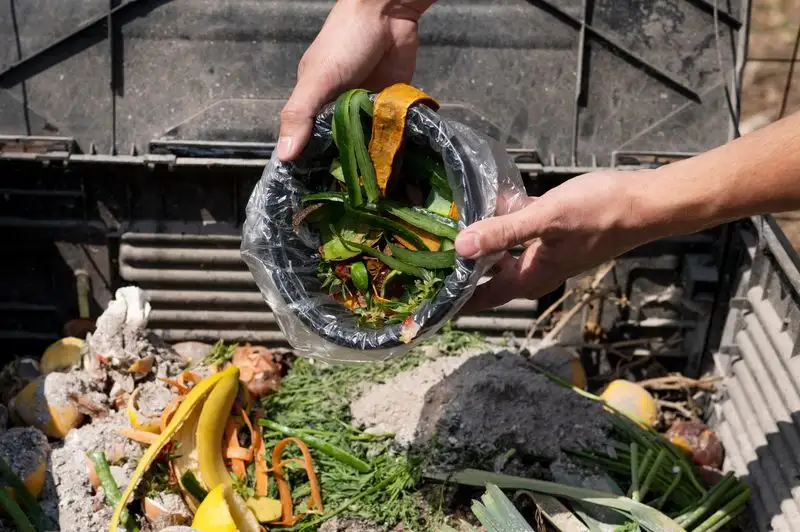
Composting is a process that takes time, so patience is essential. While some materials break down quickly, others may take several months to transform into rich compost. Regularly tending to your compost pile is important, but understanding that it won’t happen overnight is equally vital. Trust in the process and appreciate the gradual transformation. In time, your efforts will yield a rewarding payoff when you harvest nutrient-rich compost for your garden.

